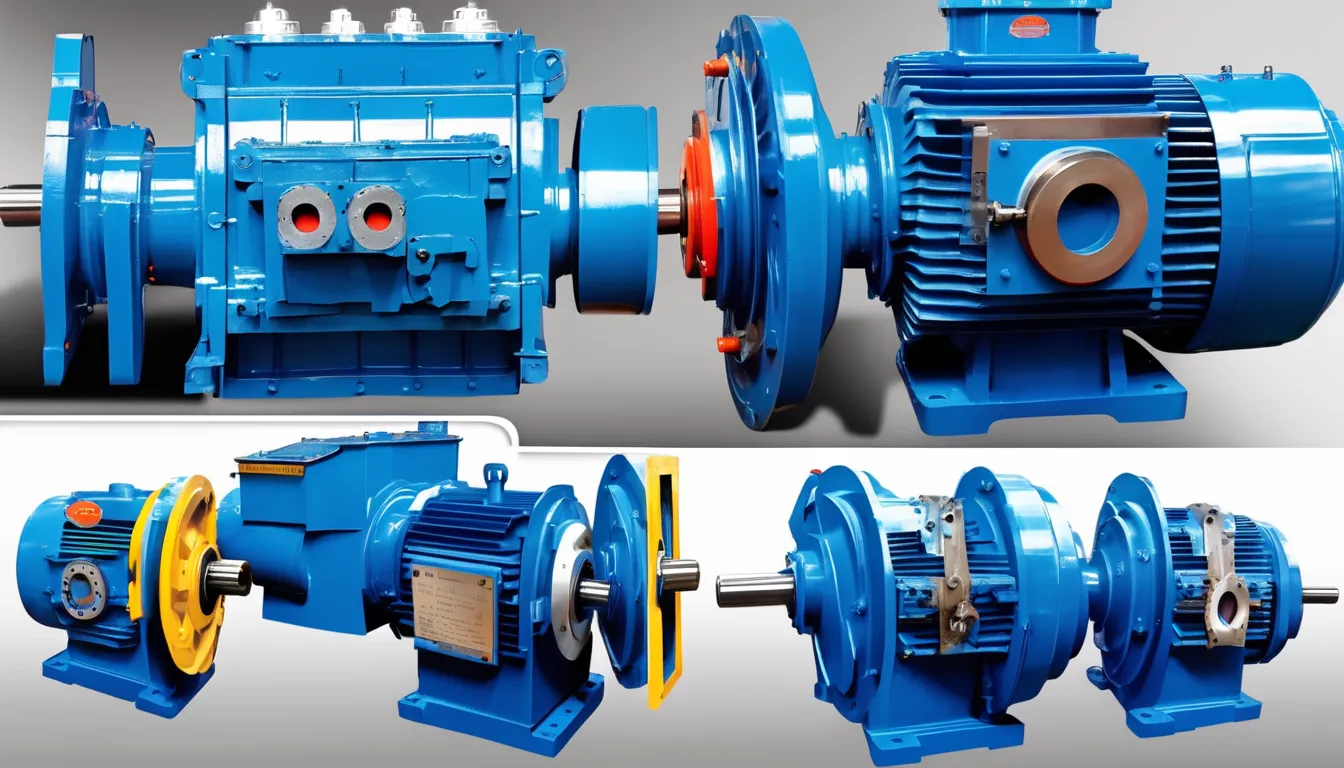You’ve likely noticed how globalization reshapes the way industrial gearbox manufacturers operate. With emerging markets opening up and production costs fluctuating, you face new opportunities alongside fierce competition. As customer demands evolve, you must rethink your strategies for innovation and supply chain management. But what happens when regulatory challenges complicate your efforts? Understanding these dynamics can reveal key insights into how you can navigate this shifting landscape and ensure your company not only survives but thrives.
Global Supply Chain Dynamics
In today’s interconnected world, navigating global supply chain dynamics is crucial for industrial gearbox manufacturers. You need to understand that your operations span various countries and time zones, impacting everything from sourcing materials to delivering final products. This complexity demands agility and responsiveness.
Supply chain disruptions, whether caused by geopolitical tensions, trade policies, or natural disasters, can significantly affect your production timelines and costs. You must prioritize building strong relationships with suppliers and logistics partners to mitigate these risks.
Diversifying your supplier base can also enhance resilience, allowing you to adapt quickly to changes in the market.
Moreover, technology plays a vital role in streamlining your supply chain processes. Utilizing advanced software for inventory management and demand forecasting can help you respond more effectively to market fluctuations.
Embracing data analytics allows you to gain insights into your supply chain performance, enabling better decision-making.
Market Expansion Strategies
Leveraging the opportunities presented by globalization, industrial china gearbox manufacturer manufacturers can implement effective market expansion strategies to reach new customers. By tapping into new markets, you can significantly boost your revenue and brand presence.
Here are a few strategies you might consider:
- Target Emerging Markets: Focus on regions with growing industrial sectors, such as Southeast Asia or Africa, where demand for machinery and equipment is on the rise.
- Collaborate with Local Partners: Forming alliances with local distributors or manufacturers can help you navigate regulatory landscapes and understand customer preferences more effectively.
- Diversify Product Offerings: Adapting your product line to cater to different industries or applications can open doors to new customer bases and strengthen your competitive edge.
Technological Advancements
As industrial gearbox manufacturers expand into new markets, staying ahead of the competition often hinges on embracing technological advancements.
You’ll find that investing in cutting-edge technologies can significantly enhance your production efficiency and product quality. Automation, for instance, streamlines manufacturing processes, reducing labor costs and minimizing human error.
Additionally, integrating smart technologies into your gearboxes can lead to improved performance and reliability. Features like IoT connectivity allow for real-time monitoring, enabling predictive maintenance that can save you time and money.
When you adopt these advancements, you can offer your customers more value and differentiate yourself from competitors.
Don’t overlook the importance of research and development either. By investing in R&D, you can innovate and adapt to changing market demands swiftly. Collaborating with tech companies can also provide access to the latest advancements, ensuring you remain at the forefront of the industry.
In this fast-paced global environment, it’s crucial to stay agile and open to new ideas. Embracing technological advancements isn’t just an option; it’s essential for sustaining growth and maintaining a competitive edge in the industrial gearbox market.
Regulatory Challenges
Navigating the complex landscape of regulatory challenges is crucial for industrial gearbox manufacturers, especially as globalization expands your reach.
As you aim to enter new markets, you’ll encounter a myriad of regulations that vary widely from one country to another. These regulations can impact everything from production processes to environmental standards, and failure to comply can result in hefty fines or even market exclusion.
To successfully manage these challenges, consider focusing on the following areas:
- Compliance with local standards: Each region may have unique safety and quality requirements that you must adhere to.
- Trade tariffs and import/export regulations: Understanding these can help you avoid unexpected costs and delays in your supply chain.
- Environmental regulations: As sustainability becomes a priority, you’ll need to ensure your manufacturing processes align with global environmental standards.
Competitive Landscape Changes
Globalization has significantly reshaped the competitive landscape for industrial gearbox manufacturers, introducing both opportunities and challenges.
As you navigate this evolving market, you’ll notice an influx of competitors from emerging economies. These players often offer lower production costs, forcing you to rethink your pricing strategies.
You’ll also find that customer expectations are shifting. With a global supply chain, clients now demand faster delivery times and higher-quality products. Staying competitive means you must innovate and streamline your processes to meet these new standards.
Moreover, partnerships and collaborations across borders have become crucial. By leveraging international resources and expertise, you can enhance your product offerings and expand your market reach.
However, this also means facing stiffer competition; local manufacturers may team up to create an even more formidable presence.
Conclusion
In conclusion, globalization’s impact on industrial gearbox manufacturers is profound. You must adapt to global supply chain dynamics, seize market expansion opportunities, and embrace technological advancements to stay ahead. Navigating regulatory challenges and understanding the competitive landscape is crucial for success. By fostering strong relationships with suppliers and logistics partners, you can not only meet shifting customer expectations but also position your company for sustainable growth in an increasingly interconnected world.

